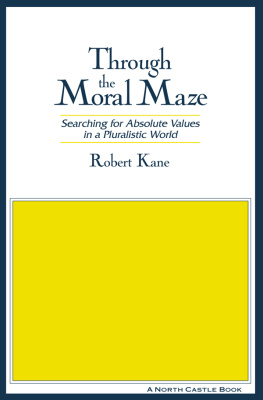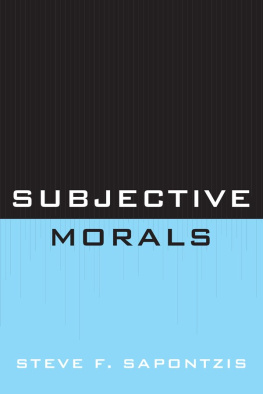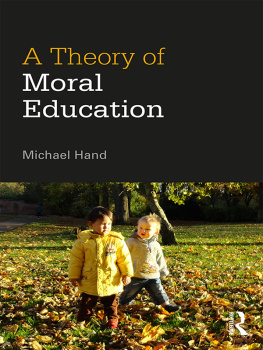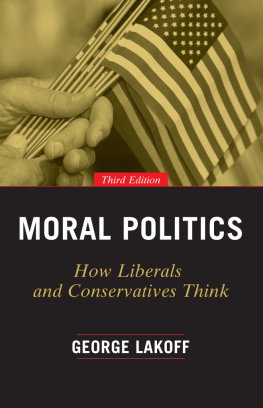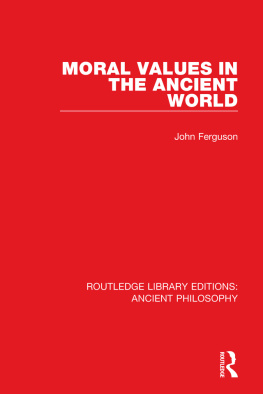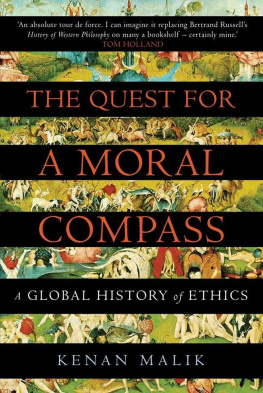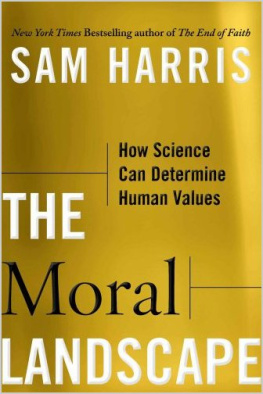First published 1996 by M.E. Sharpe
Published 2015 by Routledge
2 Park Square, Milton Park, Abingdon, Oxon OX14 4RN
711 Third Avenue, New York, NY, 10017, USA
Routledge is an imprint of the Taylor & Francis Group, an informa business
Copyright 1996, Taylor & Francis. All rights reserved.
No part of this book may be reprinted or reproduced or utilised in any form or by any electronic, mechanical, or other means, now known or hereafter invented, including photocopying and recording, or in any information storage or retrieval system, without permission in writing from the publishers.
Notices
No responsibility is assumed by the publisher for any injury and/or damage to persons or property as a matter of products liability, negligence or otherwise, or from any use of operation of any methods, products, instructions or ideas contained in the material herein.
Practitioners and researchers must always rely on their own experience and knowledge in evaluating and using any information, methods, compounds, or experiments described herein. In using such information or methods they should be mindful of their own safety and the safety of others, including parties for whom they have a professional responsibility.
Product or corporate names may be trademarks or registered trademarks, and are used only for identification and explanation without intent to infringe.
Library of Congress Cataloging-in-Publication Data
Kane, Robert, 1938
Through the moral maze : searching for absolute values in a pluralistic world / Robert Kane.
p. cm.
A North castle book.
Originally published: New York : Paragon House, 1994.
Includes bibliographical references and index.
ISBN 1-56324-866-2 (paperback : alk. paper)
1. Ethics. 2. Values. 3. Respect for persons. 4. Absolute, The. 5. Pluralism. I. Title.
[BJ1012.K274 1996]
170dc20 96-4562
CIP
ISBN 13: 9781563248665 (pbk)
This book is written for readers of all ages and backgrounds troubled by conflicting points of view on moral and spiritual matters, who may wonder as a consequence about the truth of their own beliefs and ask what values can be believed and passed on to their children in the face of the unprecedented challenges of modern life. The book results from my own struggles with these issues over a period of twenty-five years and from attempts to pass on what I learned to university honors students and, through lectures, to adult audiences in various parts of the country, who were as deeply troubled, it turned out, by the moral malaise of the times as I was. No special background in philosophy or other academic subjects is required to read the book; the background is supplied as we go along. But neither do I talk down to readers. They are challenged to do some careful thinking about important issues and about the bases of their own beliefs. General issues about ethics and values are discussed in to current controversies about social ethics, public policy, private versus public morality, politics, religion, the environment, feminism, multiculturalism, the teaching of values, and other topics.
The book should also be of interest to philosophers and other academics, as well as ordinary readers, since it offers novel approaches to old questions. It could serve as a text along with other works in many college courses in which current controversies about values and ethics arise, not only in ethics courses themselves, but in courses that deal with current debates about the objectivity of values, political rights, standards of excellence (for example, in art or literature), or debates generated by postmodernist writings or by popular works like Bellah and colleagues Habits of the Heart, Blooms The Closing of the American Mind, MacIntyres After Virtue, or Hunters Culture Wars. The book could also be recommended to students in any courses who are troubled about foundational questions of ethics (including the Why be moral? question) and unsatisfied by the familiar answers to such questions, whether utilitarian, Kantian, or whatever. In applied ethics courses, it could be used as a background text addressing foundational issues that usually cannot be given enough treatment in applied courses to satisfy many students. The book defends a so-called respect for persons morality (akin to Kants idea of treating all persons as ends and not means), which would fit nicely into many applied ethics courses. What is different here is the way the idea is grounded. While traditional ethical theories have much to teach us, as I try to show (whether they be Kantian, utilitarian, contractarian, natural law, virtue ethicist, or whatever), I do not think they can do the job by themselves.
I have accumulated many debts while writing this book, first, to a host of contemporary philosophers and other scholars who have influenced my thinkingtoo many of them to mention, though the works of a substantial number are cited in the footnotes. My special thanks for encouragement and input are owed to Frank Richardson, George Graham, John Moskop, David Braybrooke, John Post, Noah Lemos, Robert Audi, Huston Smith, Thomas Seung, Peter Coveney, and the late Edmund Pincoffs; also to my colleagues in philosophy at the University of Texas at Austin and to various audiences around the country, including faculty and students at Vanderbilt University, Fordham University in New York City, and the U.S. Military Academy at West Point; the meeting of the Metaphysical Society of America held at Notre Dame, a National Teachers Convention held in Anchorage, the Texas Commission for the Twenty-first Century, the University Research Institute, and a generation of students in Plan II, the interdisciplinary honors program at the University of Texas. I wish to express thanks also to my agent, Lettie Lee of the Ann Elmo Agency, who believed in this project from the start, and to the editorial skills of Nick Street and the staff at Paragon House. Finally, my greatest debt is owed to the woman to whom this book is dedicated, Claudette Drennan Kane, whose wisdom, wide reading, and forceful arguments have left an imprint on every page.
A TOWER OF BABEL
The ancient image of the Tower of Babel has been used by more than a few modern writers to describe the current state of discourse about ethics and values. There is no one spirit of the times, but manytoo many in facttoo many competing voices, philosophies, and religions, too many points of view on moral issues, too many interpretations of even our most sacred documents, our Bibles and Constitutions. Only the most unthinking persons can fail to be affected by this pluralism of points of view and not wonder, as a consequence, about the truth of their own beliefs. Such doubts are the subject matter of this book. Its theme is that we must begin to address old questions about ethics and values in new ways if our moral consciousness is to keep pace with the new intellectual landscape.
Among the consequences of the modern Tower of Babel is a pervasive temptation to embrace relativism, the view that there are no objective or absolute values that hold for all persons and all times. Judgments about the good and the right, it is said, can only be correct for some persons or societies or times, but not for all persons, societies, or times. In support of such a view, there are widespread doubts about the very possibility of making absolute or universal judgments that transcend our always limited points of view. New trends in the social sciences and humanities, some of them with popular names like postmodernism or poststructuralism, make much of the fact that all our views about the world are historically and culturally conditioned. We always see things from a particular point of view (a conceptual framework, or language game, or cultural tradition). How can we therefore show that our point of view, or any other, is the right one and competing views wrong, when we must assume the basic presuppositions of some particular point of view to support our claims? How can we climb out of our historically and culturally limited perspectives to find an Archimedean point, an absolute standpoint above the particular and competing points of view?

